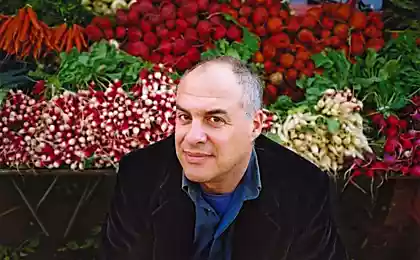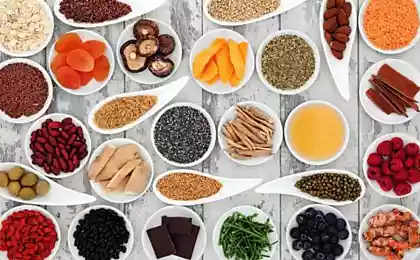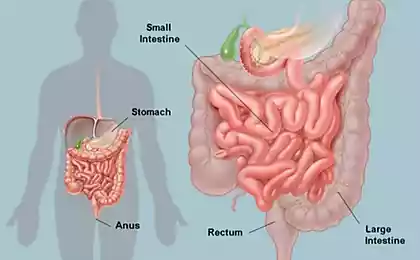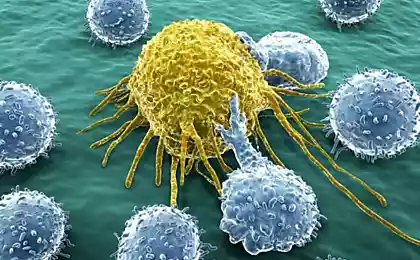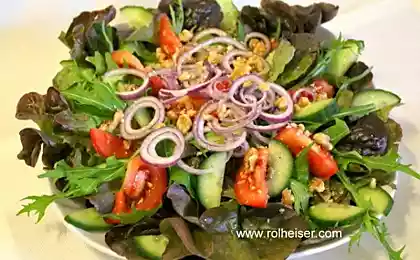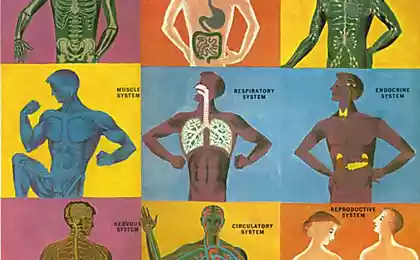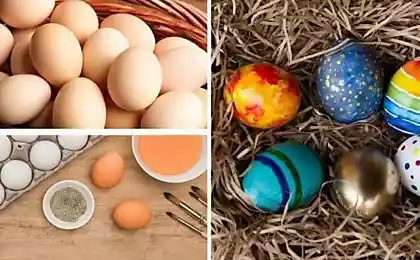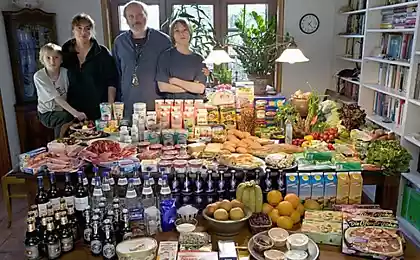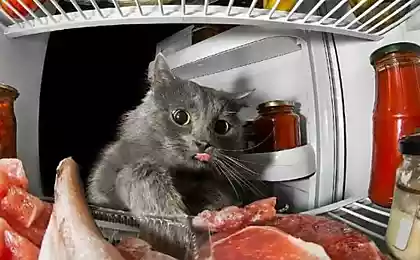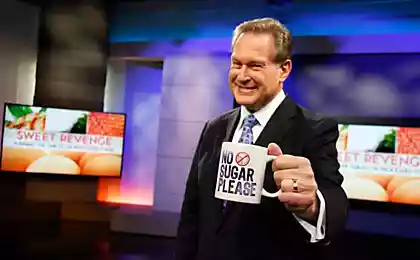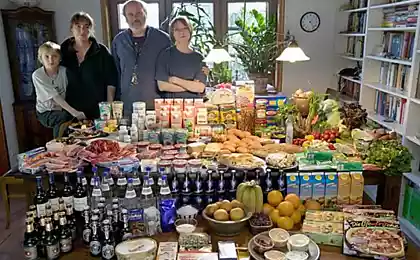471
How much we eat artificial colors and than it threatens
Everyone has heard stories about what if there are too many carrots your skin will turn orange. And what are the risks of regular consumption of foods with artificial dyes? Columnist for the magazine Modern Farmer, tells about the results of research scientists at Purdue University in Lafayette.
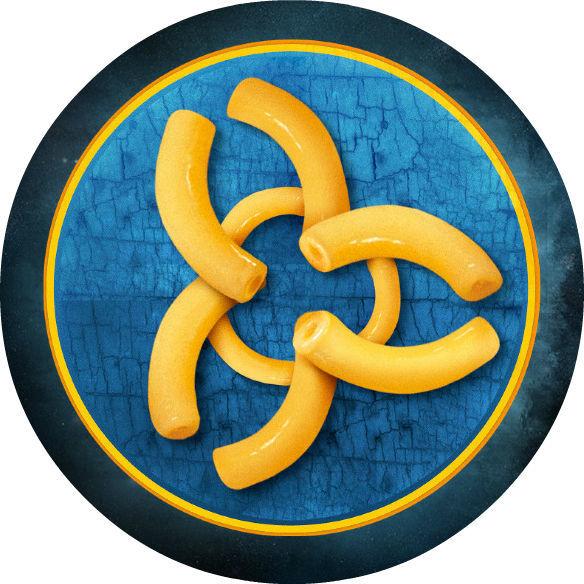
Illustration for advertising campaign of the artist Jason Kerr KDроcalipse
Kraft Mac & Cheese – one of the most popular products in Canada. This macaroni with cheese sauce Packed in a cardboard box and became notorious for his unnatural orange color. Like many products sold in North American supermarkets, Kraft Mac & Cheese contains artificial food dyes, which until recently was unknown to the General public.
A group of scientists of the Department of nutrition at Purdue University in Lafayette, Indiana, decided to explore a sample of the whole range of such products to determine the quantity and quality of the contained dyes. The results of the study were published in the April issue of the medical journal Clinical Pediatrics.
The lead researcher Laura Stevens, said that, as expected, a bright red and orange foods contain large amounts of dye, but certain facts revealed in the course of work, it surprised many.
"It was rather strange to discover red paint, composed of cherry pie, it would seem that cherry has enough to paint it in a natural way!", – Stevens says.
The researchers also found in some samples of pickles and marinades blue and yellow dyes, artificial colors even contain white sugar glaze!
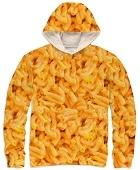
A hoodie with the colors of Kraft Dinner In some samples of pickles and marinades found blue and yellow dyes, artificial colors even contain white sugar glaze! Their mission among others was to verify the results of tests conducted in the 70-s and 80-ies. Then the scientists tested how food dyes affect children's development. Basic daily dose was 27 mg of mixed dyes – as is contained in half of the 240-gram glass of cherry lemonade, Cherry Kool-Aid .
According to Laura Stevens, then the scientists watched another group of children who consumed a higher dose of colours – from 50 to 100 mg "has Been proven sustainable communication links between the consumption of artificial colors and behavioral problems in children. However, at that time no one even could not imagine how huge would be the amount of artificial dyes in our time."
In the modern world bright of soft drinks, green cupcakes and candy "acid" colors, according to Stevens, a child can easily obtain 100 mg of dyes per meal.
Fortunately, some food manufacturers have already noticed this problem and is actively moving toward its solution. Therefore, more and more food products on the market be marked "Contains 100% natural dyes".
Pepperidge Farms, makers of the very popular snack "goldfish" have switched to natural dyes for your favorite kids snacks a few years ago. In November last year, Kraft Foods said that it has reduced the amount of red and orange colors in their cheese powders.
Stevens hopes a new study will reveal and other effects of artificial colors on the body. And it will help us to escape from the world of emerald-green pickles and a neon-red cherry pie.
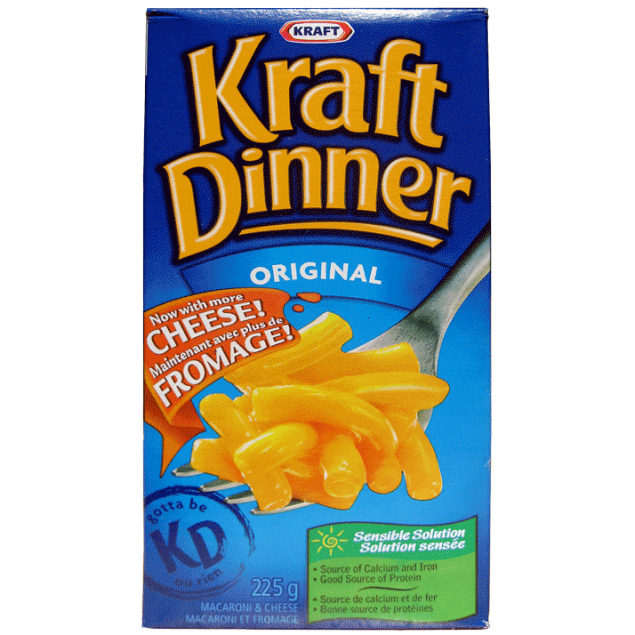
The mass of the semifinished product in Canada and is known for its strange color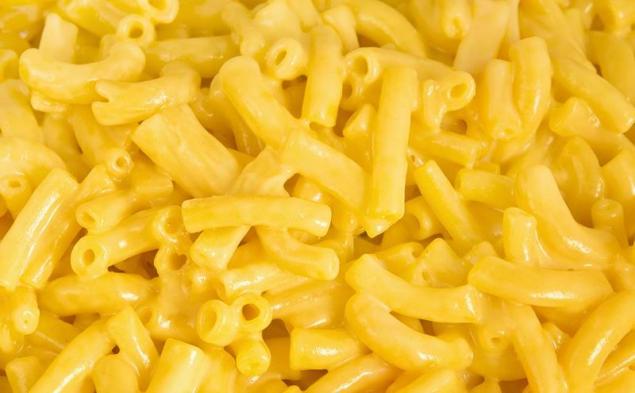
published
P. S. And remember, only by changing their consumption — together we change the world! ©
Join us in Facebook and in Vkontakte, and we're Classmates
Source: lavkagazeta.com/ekologiya/skolko-my-edim-iskusstvennyh-krasiteley-i-chem-eto-grozit

Illustration for advertising campaign of the artist Jason Kerr KDроcalipse
Kraft Mac & Cheese – one of the most popular products in Canada. This macaroni with cheese sauce Packed in a cardboard box and became notorious for his unnatural orange color. Like many products sold in North American supermarkets, Kraft Mac & Cheese contains artificial food dyes, which until recently was unknown to the General public.
A group of scientists of the Department of nutrition at Purdue University in Lafayette, Indiana, decided to explore a sample of the whole range of such products to determine the quantity and quality of the contained dyes. The results of the study were published in the April issue of the medical journal Clinical Pediatrics.
The lead researcher Laura Stevens, said that, as expected, a bright red and orange foods contain large amounts of dye, but certain facts revealed in the course of work, it surprised many.
"It was rather strange to discover red paint, composed of cherry pie, it would seem that cherry has enough to paint it in a natural way!", – Stevens says.
The researchers also found in some samples of pickles and marinades blue and yellow dyes, artificial colors even contain white sugar glaze!

A hoodie with the colors of Kraft Dinner In some samples of pickles and marinades found blue and yellow dyes, artificial colors even contain white sugar glaze! Their mission among others was to verify the results of tests conducted in the 70-s and 80-ies. Then the scientists tested how food dyes affect children's development. Basic daily dose was 27 mg of mixed dyes – as is contained in half of the 240-gram glass of cherry lemonade, Cherry Kool-Aid .
According to Laura Stevens, then the scientists watched another group of children who consumed a higher dose of colours – from 50 to 100 mg "has Been proven sustainable communication links between the consumption of artificial colors and behavioral problems in children. However, at that time no one even could not imagine how huge would be the amount of artificial dyes in our time."
In the modern world bright of soft drinks, green cupcakes and candy "acid" colors, according to Stevens, a child can easily obtain 100 mg of dyes per meal.
Fortunately, some food manufacturers have already noticed this problem and is actively moving toward its solution. Therefore, more and more food products on the market be marked "Contains 100% natural dyes".
Pepperidge Farms, makers of the very popular snack "goldfish" have switched to natural dyes for your favorite kids snacks a few years ago. In November last year, Kraft Foods said that it has reduced the amount of red and orange colors in their cheese powders.
Stevens hopes a new study will reveal and other effects of artificial colors on the body. And it will help us to escape from the world of emerald-green pickles and a neon-red cherry pie.

The mass of the semifinished product in Canada and is known for its strange color

published
P. S. And remember, only by changing their consumption — together we change the world! ©
Join us in Facebook and in Vkontakte, and we're Classmates
Source: lavkagazeta.com/ekologiya/skolko-my-edim-iskusstvennyh-krasiteley-i-chem-eto-grozit





